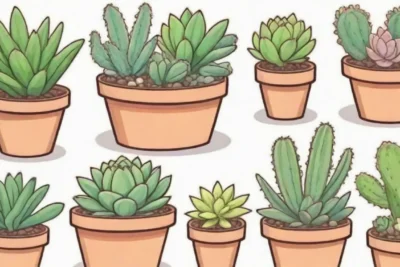
Adapting Propagation Techniques to Seasonal Changes in Succulents

Introduction
Succulent plants have gained immense popularity among gardening enthusiasts and plant collectors, thanks to their unique aesthetics and low maintenance requirements. These plants are famed for their ability to store water in their leaves, stems, and roots, allowing them to thrive in arid conditions. Understanding how to properly propagate succulents is crucial for both novice and experienced horticulturists who wish to expand their collection or share their beloved plants with friends and family. However, successful propagation is not solely determined by techniques and methods but is also significantly influenced by the seasonal changes that affect plant behavior, growth patterns, and environmental conditions.
This article aims to provide a comprehensive guide on how to adapt propagation techniques for succulents in response to seasonal changes. By understanding how temperature, light, and moisture levels vary throughout the year, you can maximize your success in propagating these resilient plants, ensuring they grow into healthy and vibrant specimens. We will explore the best practices for propagation during each season, tips for adjusting your care routine, and detailed instructions on various propagation methods suitable for different succulent species.
Understanding Seasons and Their Impact on Succulent Growth
Plant growth and health are closely tied to environmental conditions, which change with the seasons. For succulents, the temperature, amount of light, and humidity levels can fluctuate significantly throughout the year. Recognizing these variations can enhance your ability to propagate these fascinating plants successfully.
Spring: The Season of Renewal
Spring is often considered the ideal time for succulent propagation. As temperatures begin to warm up and daylight hours lengthen, many succulent species enter a phase of active growth. During this time, the plants are eager to develop new roots and leaves, making them particularly receptive to propagation. When propagating succulents in spring, it’s crucial to take advantage of these favorable conditions.
To start, gather healthy succulent cuttings or leaves. Choose robust, mature plants for your cuttings, as they will yield the best results. Place the cuttings in a well-draining soil mix designed for cacti and succulents. Ideally, soil should contain elements like perlite, sand, or pumice to ensure excellent drainage, thereby preventing root rot. Additionally, during spring, it’s beneficial to provide your newly planted cuttings with plenty of indirect sunlight. Aim for about six hours of light daily, adjusting the exposure to prevent scorching the delicate new growth.
Furthermore, be mindful of watering practices in spring. Although the plants are actively growing, it is essential to allow the soil to dry out between waterings. Overwatering can lead to rot in the fresh cuttings. A good rule of thumb during this season is to water only when the top inch of soil feels dry to the touch. Monitoring moisture levels and making adjustments based on current weather conditions will contribute to reaching optimal growing conditions for your succulents.
Summer: Embracing the Heat
As summer arrives, many succulent varieties experience peak growth, and in some cases, they may even bloom. However, this season can also pose challenges as temperatures and sunlight intensity soar. The key to successfully propagating succulents in summer lies in adapting to the increased heat and conditions that come with it.
 Propagating Succulents Across Different Zones: A Timing Guide
Propagating Succulents Across Different Zones: A Timing GuideWhen propagating during the summer months, make sure you are aware of the increasing light intensity. Many succulents prefer to be sheltered from the harsh midday sun, which can lead to sunburn and damage. Morning sunlight is generally safer and allows the plants to bask in warmth without excessive heat stress. For summer propagation, consider positioning your cuttings or seedlings where they receive filtered sunlight or indirect light for a portion of the day.
In terms of soil moisture, be vigilant as summer heat can dry out the soil more quickly than in spring. This means adjusting your watering schedule accordingly. Check the moisture levels frequently, and if you notice the soil drying out too fast, consider using a humidity dome or greenhouse effect to help regulate moisture retention. Always remember that succulents are incredibly drought-tolerant and prefer to be underwatered rather than overwatered, so err on the side of caution when watering.
Also, consider propagating during the cooler evenings or morning hours. The lower temperatures during these times will make the environment less stressful for the cuttings, maximizing the chance of successful rooting. Additionally, it is a good opportunity to monitor for pests that can proliferate in summer; by keeping an eye on your succulents, you can address any infestation promptly.
Autumn: Preparing for Dormancy
As autumn unfolds, succulents begin to enter a period of dormancy, slowing their growth in preparation for the cooler months ahead. During this transitional period, propagation efforts may become less productive, especially for certain species. However, with proper adaptations, you can still successfully propagate succulents during the fall season.
To adapt your propagation methods for autumn, select cuttings carefully. Opt for foliage that appears healthy but has not yet started to show signs of stress from the approaching colder temperatures. One effective technique is to still use a well-draining soil mix, but consider incorporating more organic material like coconut coir or a balanced fertilizer to provide additional nutrients that can support the new growth.
As daylight hours begin to decrease, be cautious about providing sufficient light for your cuttings. Consider using grow lights if you're in an area with limited sunlight exposure. Aim for about twelve hours of light per day to promote strong rooting, while ensuring the cuttings are not exposed to excessively cool temperatures at night. Consider bringing them indoors if there is a risk of frost.
Watering in autumn should be adjusted as well; aim to reduce the frequency of watering to mimic the natural seasonal changes in moisture availability. The goal is to avoid overly wet conditions that can lead to rot while still providing moisture to the new cuts. Maintaining proper air circulation around the plants is equally important in the autumn, as damp conditions can lead to mold and other issues during the cooler months.
 Understanding Growth Hormones in Propagation Timing for Succulents
Understanding Growth Hormones in Propagation Timing for SucculentsWinter: A Time for Rest
Winter presents unique challenges for succulent propagation due to the environmental stress factors that contribute to dormancy. Most succulents are not actively growing during this season, and many temperate species benefit from a period of rest that allows them to conserve energy. However, under appropriate conditions, it is still possible to propagate succulents during this time.
First and foremost, ensure that your cuttings are kept in a warm environment. While most succulents prefer temperatures between 60°F and 85°F, consider using heat mats to provide warm conditions that can facilitate rooting—especially if you live in a particularly cold climate. It's essential to be cautious with the temperature, as excessive heat can lead to dehydration and stress, while too little can stunt growth.
Additionally, light exposure becomes paramount in winter, where natural light can be insufficient. Use grow lights strategically to ensure your cuttings receive enough light for successful propagation, adjusting the distance depending on the light’s intensity. Aim for 12-14 hours of light during the winter months to foster healthy growth.
Watering techniques should be adjusted once again. Since succulents are largely dormant in winter, watering should be minimal. Check the soil frequently and only water when the topsoil is completely dry. This limits the risk of rot and fungal issues while still providing the cuttings with the necessary moisture to survive.
Utilizing these techniques can transform your winter propagation ventures into a successful endeavor. Although growth may be slower in the winter months, proper care and attention can yield lovely new additions to your succulent family by the time spring arrives.
Conclusion
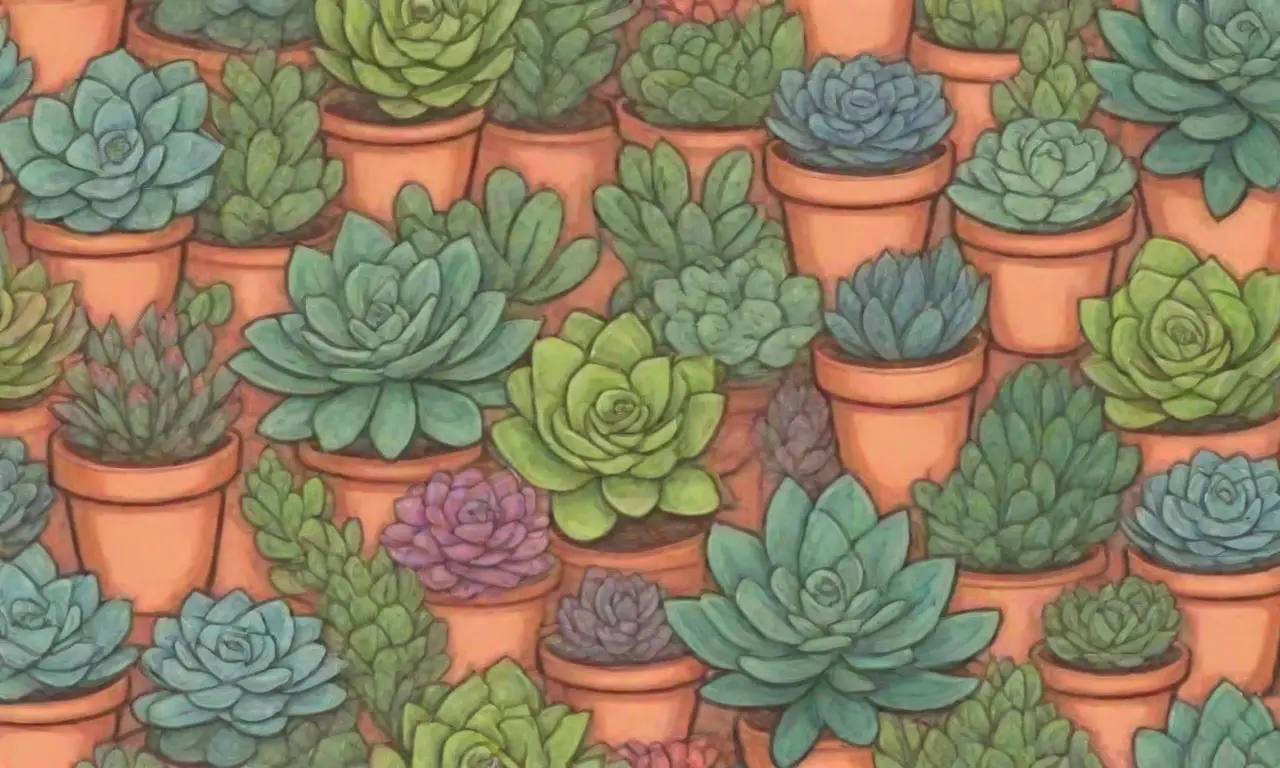
Propagating succulents is a rewarding experience, but success hinges on your ability to adapt to seasonal changes. Each season presents unique challenges and opportunities for growth, and by understanding the specific needs of your plants throughout the year, you can significantly improve your propagation success rates.
 Analyzing Your Succulent's Growth Cycle for Propagation Timing
Analyzing Your Succulent's Growth Cycle for Propagation TimingWhether you're propagating during the cheerful blooms of spring, the dog days of summer, the mellow transition of autumn, or the tranquil dormancy of winter, adjusting your techniques will pay dividends. By selecting the right cuttings, managing light exposure, adjusting watering practices, and nurturing the plants through their various growth phases, you'll create the ideal environment for thriving new succulents.
Ultimately, understanding and responding to environmental changes leads not only to successful propagation but also to a deeper appreciation for the resilience and beauty of succulent plants. As you tend to these fascinating species year-round, you will not only expand your collection but also enhance your skills as a gardener. With patience and care, your succulent propagation endeavors will flourish, bringing new life and vibrancy to your plant collection, one cutting at a time.
If you want to read more articles similar to Adapting Propagation Techniques to Seasonal Changes in Succulents, you can visit the Propagation Timing category.

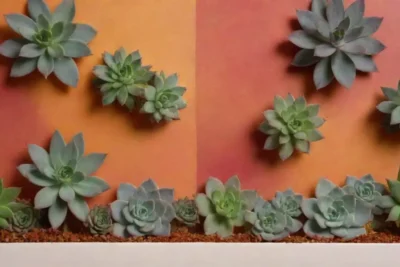
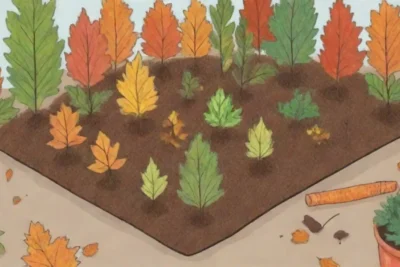
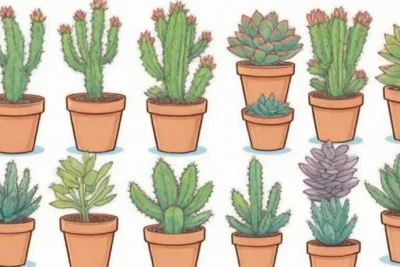
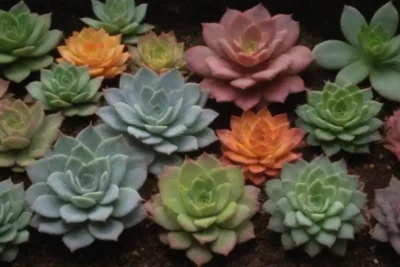

You Must Read